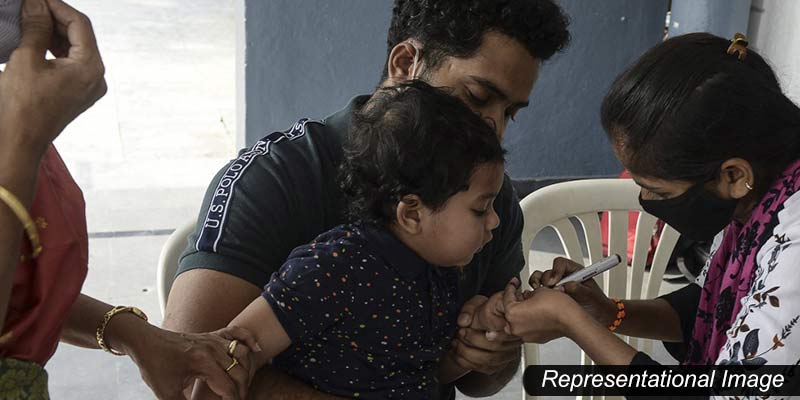- India
- Jul 19
India records 93% DPT3 vaccine coverage in 2022
• Global immunisation services reached 4 million more children in 2022 compared to the previous year, as countries stepped up efforts to address the historic backsliding in immunisation caused by the COVID-19 pandemic.
• According to data published by the World Health Organisation (WHO) and United Nations International Children’s Emergency Fund (UNICEF) on July 18, about 20.5 million children missed out on one or more vaccines delivered through routine immunization services in 2022, compared to 24.4 million children in 2021.
• In spite of this improvement, globally, the number remains higher than the 18.4 million children who missed out in 2019 before pandemic-related disruptions, underscoring the need for ongoing catch-up, recovery and system strengthening efforts.
• India recorded 93 per cent DPT3 coverage in 2022, surpassing pre-pandemic all time high of 91 per cent in 2019, and a rapid increase from 85 per cent recorded in 2021.
Key points of the report:
• The vaccine against diphtheria, tetanus and pertussis (DTP) is used as the global marker for immunisation coverage.
• During 2022, about 84 per cent of infants worldwide (110 million) received three doses of DTP3 vaccine, protecting them against infectious diseases that can cause serious illness and disability or be fatal.
• Of the 20.5 million children who missed out on one or more doses of their DTP vaccines in 2022, 14.3 million did not receive a single dose, so-called zero-dose children.
• The figure represents an improvement from the 18.1 million zero-dose children in 2021 but remains higher than the 12.9 million children in 2019.
• Measles is a highly contagious disease caused by a virus, which usually results in a high fever and rash, and can lead to blindness, encephalitis or death. Vaccination against measles has not recovered as well as other vaccines, putting an additional 35.2 million children at risk of measles infection.
• Human papillomavirus (HPV) is the most common viral infection of the reproductive tract and can cause cervical cancer in women, other types of cancer, and genital warts in both men and women. For the first time, HPV vaccination coverage surpassed pre-pandemic levels. HPV vaccination programmes that began pre-pandemic reached the same number of girls in 2022 than 2019.
• South Asia, which reported gradual, ongoing increases in coverage in the decade prior to the pandemic, has demonstrated a more rapid and robust recovery than regions that suffered long-standing declines, such as Latin America and the Caribbean.
• In WHO South-East Asia Region the coverage rate for DPT3, third dose of diphtheria, pertussis and tetanus vaccines, recovered to pre-pandemic 91 per cent, a sharp increase from 82 per cent recorded in 2021.
• The Region has also shown a 6 per cent improvement in coverage of the measles-containing vaccine in 2022 compared to 2021, moving from 86 per cent to 92 per cent.
• The African region, which is lagging behind in its recovery, faces an extra challenge. With an increasing child population, countries must scale up routine immunization services every year in order to maintain coverage levels.
Manorama Yearbook app is now available on Google Play Store and iOS App Store

